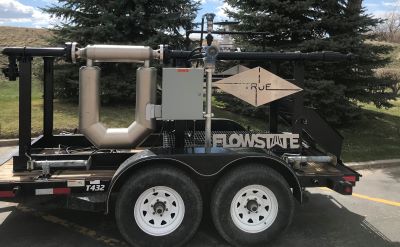There are many hurdles in implementing leak detection on a gathering line.
Transient behavior mixed with limited instrumentation make it very difficult to catch small leaks in a timely manner while minimizing false alarms. These same challenges may even eliminate many existing technologies due to the data and infrastructure requirements they carry.
Finally, the cost and time to implement make them infeasible for low volume lines that have complex and changing operations.
Bridger Pipeline has a diverse system of pipelines – comprised of gathering and transmission lines weaving a web from western North Dakota through Montana and south into Wyoming. A goal to implement a common leak detection solution across their system means it needs to work on these smaller, challenging lines.
Location: SW North Dakota
Topology: 8 inputs, 1 output
Length: 16 miles
Diameters: 4″ & 6″
Flowstate is using machine learning – specifically deep learning – to create a leak detection system that learns the normal operations of a pipeline and uses that knowledge to identify anomalies that may be a leak.
With minimal inputs (compared to a full, real-time transient model), the Deep Learning are able to ‘learn’ the hydraulics of a particular line. The model can then be used to determine what the output should be at any moment. The predicted output is compared to the measured output to monitor for unexpected discrepancies or imbalance.

DOWNLOAD THE CASE STUDY
This 2-page summary includes the details above plus a look at how the deep learning model performs at predicting the output flow on the segment and a summary of test results.

WATCH A TEST IN THE SOFTWARE
This video will show the software in action during one of the “Teton – Gannett” fluid withdrawal tests. You will see an annotated recording of the test including alarm functionality.